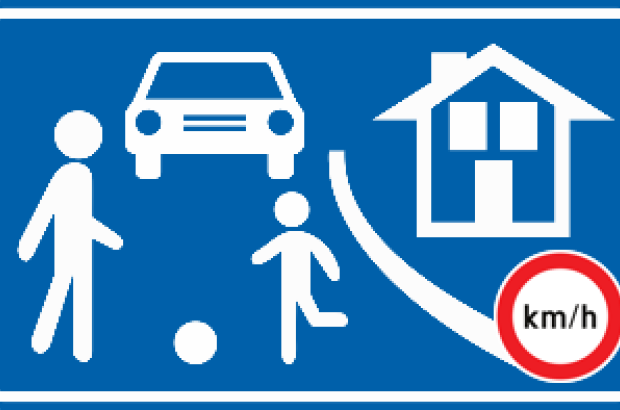- Daily & Weekly newsletters
- Buy & download The Bulletin
- Comment on our articles
Belgian highway code fully updated after 50 years
The Belgian highway code is finally getting a revamp since its creation in 1975.
While the code has been amended over the years - more than 100 times - federal mobility minister Georges Gilkinet (Ecolo) wanted a more thorough revision, which will come into force in autumn 2025.
“The highway code will become a true road code, in particular because ‘roads’ also include pavements, parking areas, and so on,” Gilkinet said in announcing the new code.
“My ambition is to make mobility a freedom, but there can be no freedom without respect between users, without a balanced sharing of public space. New measures will improve safety for pedestrians and provide greater flexibility for cyclists.”
The new code is the result of a collaboration between the federal state and the regions, which have partial jurisdiction in highway oversight.
Changes include the compulsory use of headlights when visibility is less than 100 metres, penalties for both passenger and driver if the passenger is not wearing a seatbelt, and certain parking bans (where trams would be obstructed, in spaces reserved for disabled people, on bus lanes or cycle paths).
“The aim is to provide better protection for weaker road users and for lanes reserved for means of transport other than the car,” Gilkinet emphasised, citing the new rules of caution for the most vulnerable road users in particular, such as the changes concerning overtaking (a ban on double-overtaking a car that is already overtaking another) and safety distances.
Scooters were also addressed, with rules about when and where they can be used and parked.
Benoit Godart, spokesperson for Belgian traffic safety institute Vias, was not entirely enthusiastic about the updated road rules.
“This new code takes note of certain changes, removes incongruities such as old references, and opens up new possibilities/comments, but I wouldn't call it a revolution,” Godart said.
“It’s more than necessary to put in place a framework in which active and sustainable mobility can develop and evolve in complete safety – to move away from a code centred on the use of cars to a code that gives everyone a place.”
Cyclist association Gracq welcomed changes towards that end, saying “the application of the rules of caution coupled with the new advances will theoretically make it possible to improve the safety of weaker users”.
The code includes a host of changes, including to road signage. Some of the more noteworthy are raising the age at which children are allowed to cycle on the pavement from nine to 11, setting rules about parking to ensure at least 1.5 metres of space is left for pedestrians, and letting cyclists pass lines of cars that are stopped in traffic or slowing down (including from the right).
While the presence of a cycle lane sign means that cyclists must use it, a new sign will indicate when its use is optional, allowing cyclists to use the roadway if they prefer.
The signs which allow bicycles and scooters to pass traffic lights when they are on red if turning right - or in some cases if continuing straight ahead - will also be able to be used in some situations to allow bikes to turn left.
Other signs will also be appearing to indicate specific areas, such as residential areas, school zones or cycle paths, where the maximum authorised speed will vary from region to region.
For people with reduced mobility, there is no longer a minimum age for using motorised mobility devices (including electric scooters). They may travel at walking pace on pavements and also park there.
“From now on, we'll have to make sure that all road users are familiar with this new code,” cyclist association Gracq said.
“While we are very positive about the content of the code, what we need to do is ensure that it is complied with.”



















